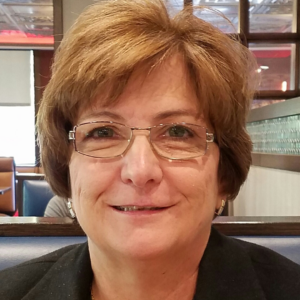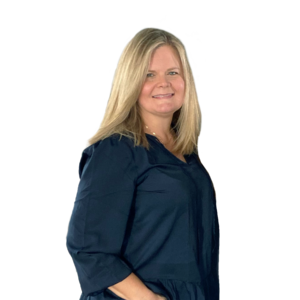Reducing falls by tackling incontinence
It’s no secret that getting out of bed unassisted to use the toilet, especially at night, can increase falls incidents. A Baltimore skilled nursing provider has become the first in the United States to test new technology from Australia designed to predict incontinence and create a person-specific toileting plan to intervene before a fall can occur.
Lorien Bel Air, a skilled nursing and assisted living provider near Baltimore, tested the technology on three challenging residents, all of whom have been diagnosed with some level of dementia and a history of falls during attempted trips to the bathroom.
The SIM platform, developed by Simavita, North Sydney, Australia, uses a sensor pod inserted into the liner of a special undergarment to measure episodes of incontinence and urine volume. The data is sent wirelessly to the SIM software, which charts the incidences of incontinence, checks for patterns and helps caregivers create a person-specific toileting schedule to match the resident's bodily functions.
Lorien Bel Air’s pilot study began in 2014 with three residents, all of whom had been diagnosed with some level of dementia, had trouble expressing themselves, and exhibited anxiety over incontinence. Each resident wore the sensor eight hours a day for three days, to establish the baseline data. Over a few weeks, nurses realized that each resident had different times of incontinence, and that if the toileting schedules were tweaked to serve each resident right before his or her peak incontinence times, incontinence and falls could be reduced.
“We were able to stay ahead of the game,” Cheryl Bayne, RN, director of nursing at Lorien Bel Air, told Long-Term Living. Using one of the pilot’s residents as an example, Bayne added, “We found that if we toileted her around midnight, she could sleep through til about 4:30am. And we wouldn’t have to keep waking her up to check [for wetness].”
Prior to its use of the technology, Lorien Bel Air had 10-17 resident falls per year, many of them during the night. During the year-long pilot, the number of falls dropped to eight. So far in 2015, there has only been one.
Better incontinence intervention improves residents’ quality of life and a facility’s bottom line. In 2013, the total direct medical costs of fall injuries for people 65 and older, adjusted for inflation, was approximately $34 billion, noted a Simavita press release.
Other benefits include early intervention for another big cause of falls—urinary tract infections (UTIs). Any data that breaks a resident’s established patterns may indicate a UTI in progress and can alert clinicians to order a urinalysis earlier, Bayne said. Keeping resident wetness times to a minimum also is great news for skin integrity—and for avoiding citations under the dreaded Section M of the MDS.
Having the technology to track incontinence and show the connection between incontinence and falls is helpful for educating families, too, Bayne added. “Families understand incontinence as a dignity factor, but not as a safety factor.”
Read the whitepaper on Lorien’s pilot study of SIM technology.

Pamela Tabar was editor-in-chief of I Advance Senior Care from 2013-2018. She has worked as a writer and editor for healthcare business media since 1998, including as News Editor of Healthcare Informatics. She has a master’s degree in journalism from Kent State University and a master’s degree in English from the University of York, England.
Related Articles
Topics: Alzheimer's/Dementia , Articles , Clinical , Technology & IT











